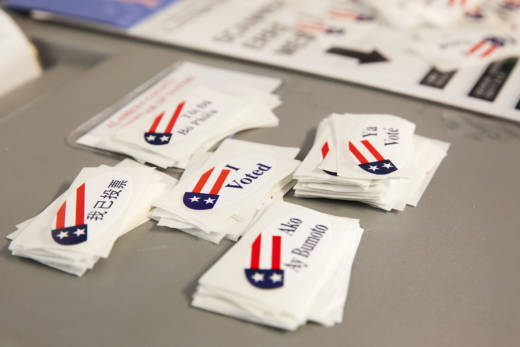Update, July 10, 11:20 a.m.: The table below has been updated with final county election numbers reported to the state.
- First: Marin County's recent returns show it to have had the highest voter turnout in the region -- 55.9 percent -- and to have expressed stronger support for Regional Measure 3 than was first apparent. The latest tally shows Marin to hove joined San Francisco and Santa Clara counties in approving the toll hikes by 60 percent or more.
- Second: The nearly final returns indicate that Regional Measure 3 would have passed -- by an eyelash -- without the lopsided support from Santa Clara and San Francisco counties. Subtracting those two counties from the total, the vote from the seven remaining counties was something like 50.3 percent yes. That figure is subject to future tweaking as the last votes are counted.
- Third: One large-ish chunk of votes is still not reflected in the vote totals: Sonoma County has not reported vote totals since June 6, the day after the election. Based on Sonoma's much higher than average turnout in the 2014 primary and overall regional turnout this year -- close to 42 percent -- the county could still have 35,000 to 40,000 votes to report. At last report, Sonoma had voted 52.8 percent yes for the toll hikes.
Original post:
W
e can't say we've heard of anyone -- or anyone else -- who's still sitting on the edge of their seats waiting for the final results of the nine-county vote on Regional Measure 3. That's the measure to raise tolls on Bay Area bridges by three bucks between now and 2025 to pay for transit and highway projects.
Since I am sitting on the edge of my seat, I can tell you that as of 5:30 p.m. Wednesday the measure is ahead with a tally of 783,791 yes (54.9 percent), and 642,492 no (45.1 percent). That tally isn't final. But the roughly 141,000-vote margin means that unless someone somewhere has been hoarding a couple of BART trains packed with "no" ballots, the bridge toll has passed. Period.
The measure got a yes vote in seven of nine counties, with Contra Costa and Solano counties voting no by large margins. The size of the winning majority is due to relatively high turnout and overwhelming support in San Francisco and Santa Clara counties. Together, voters in those two counties approved RM3 by just over 146,000 votes.

